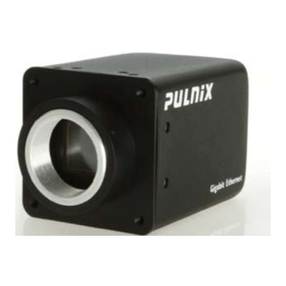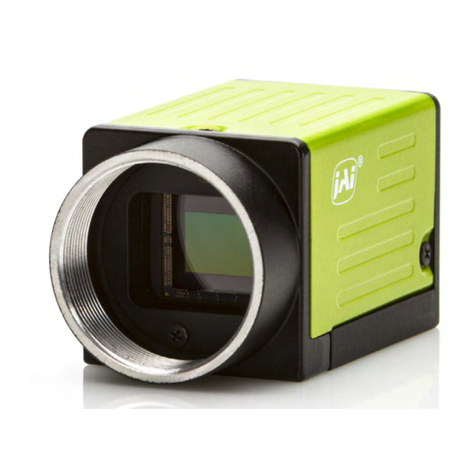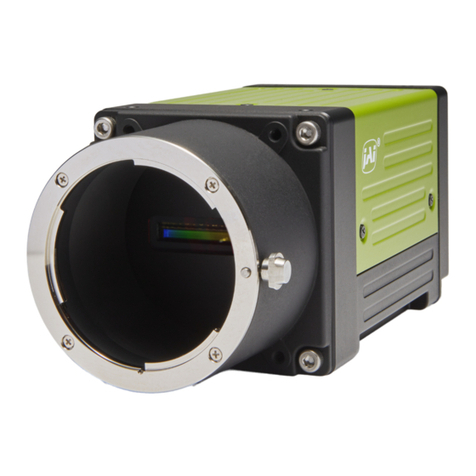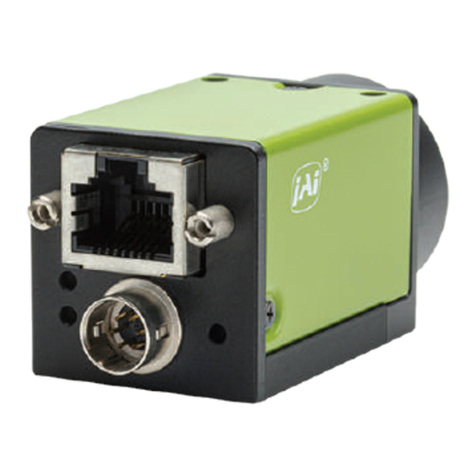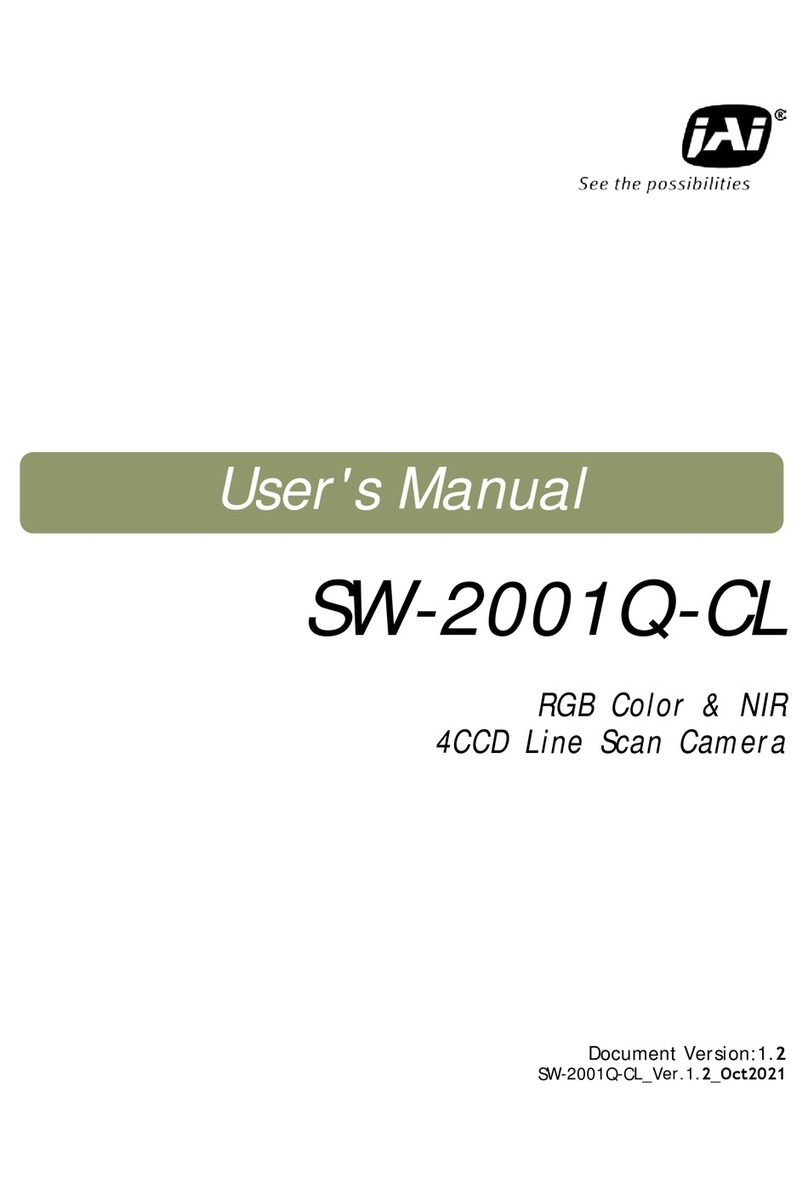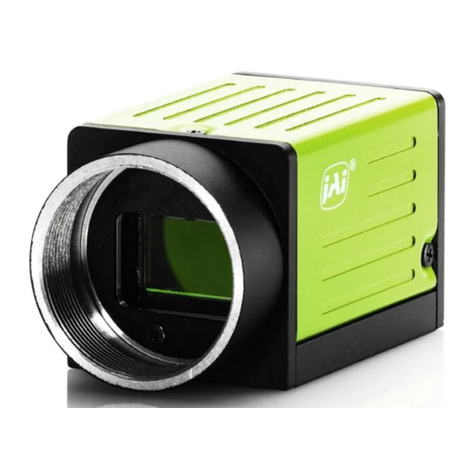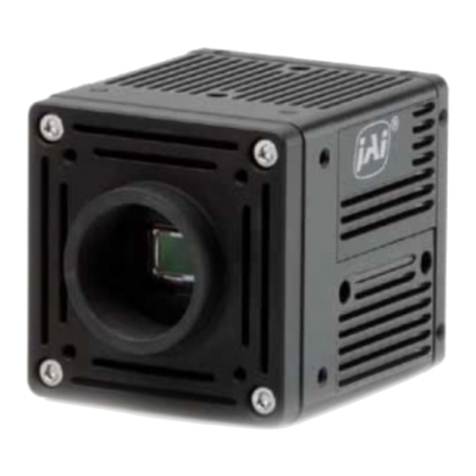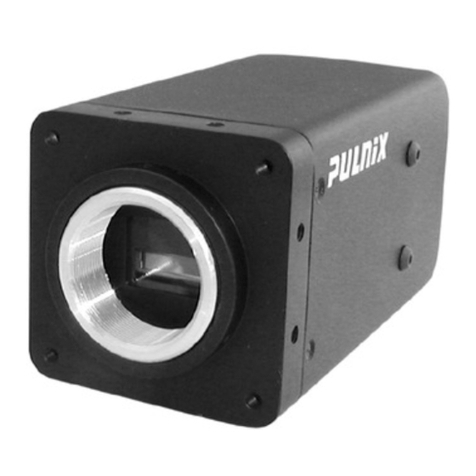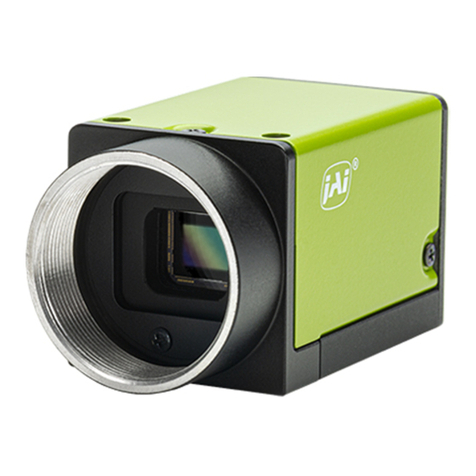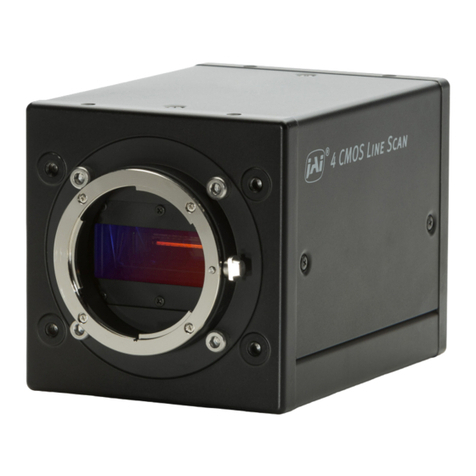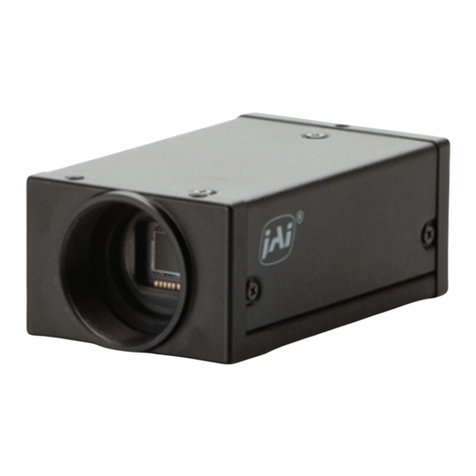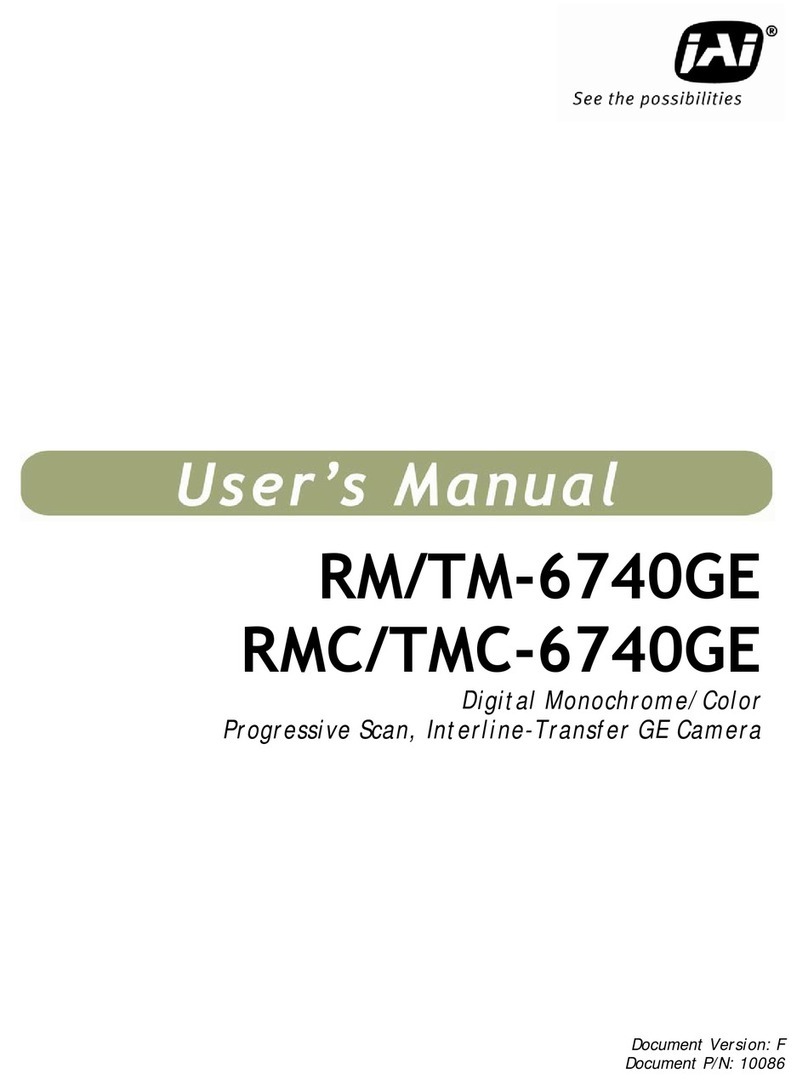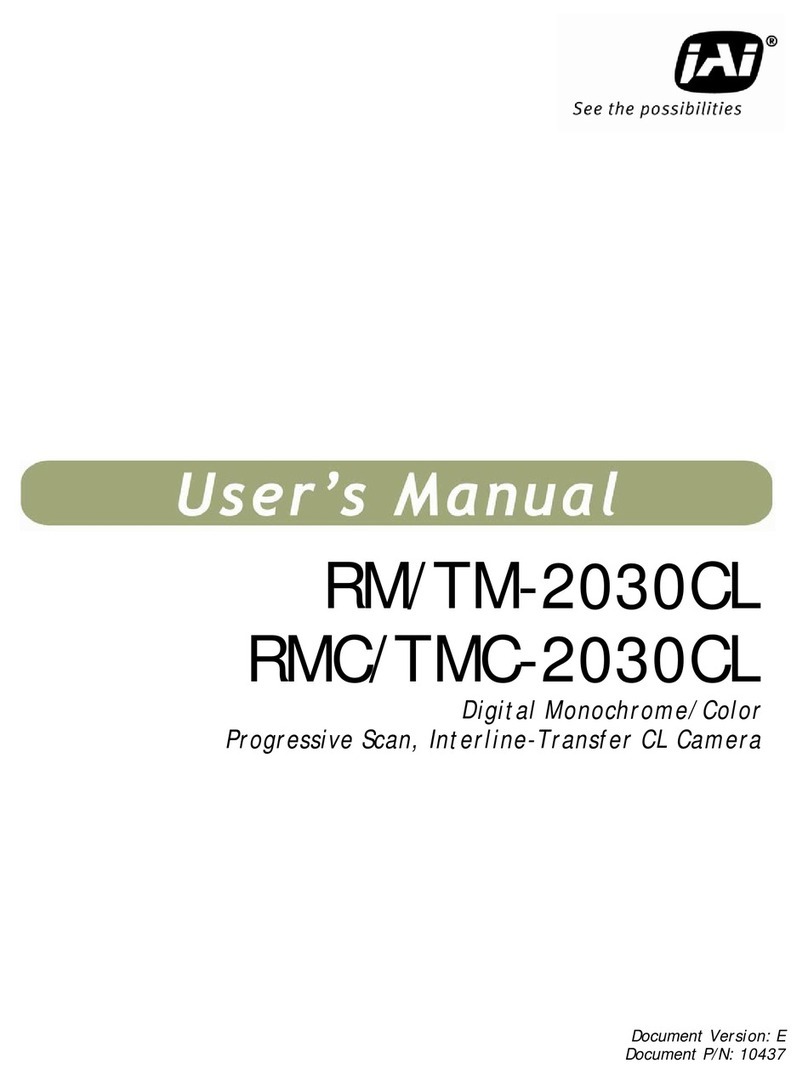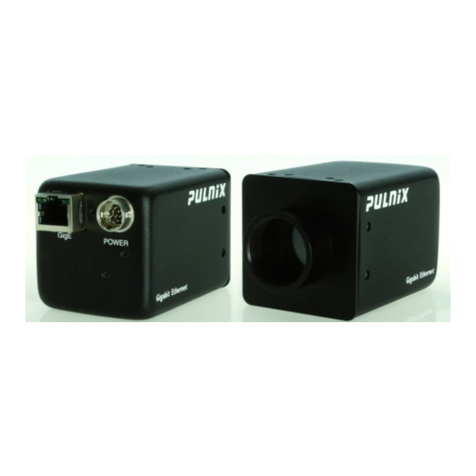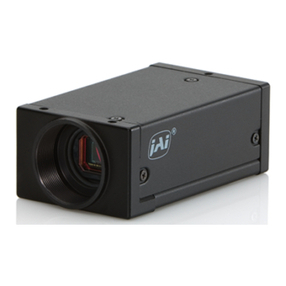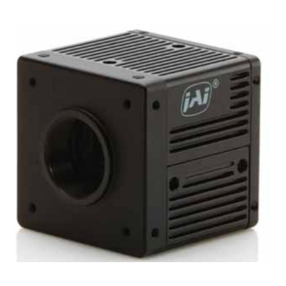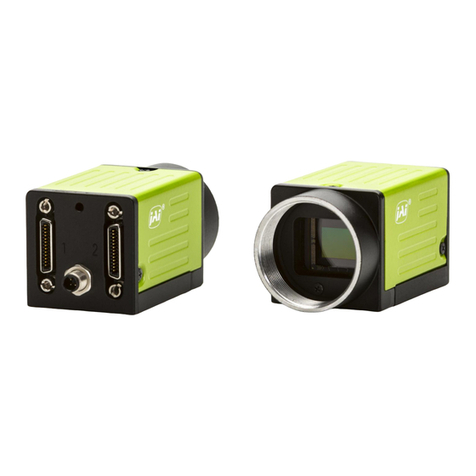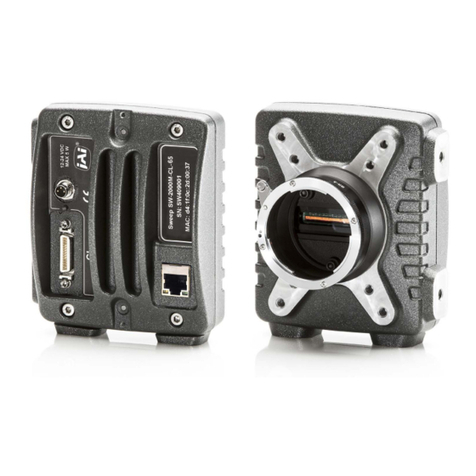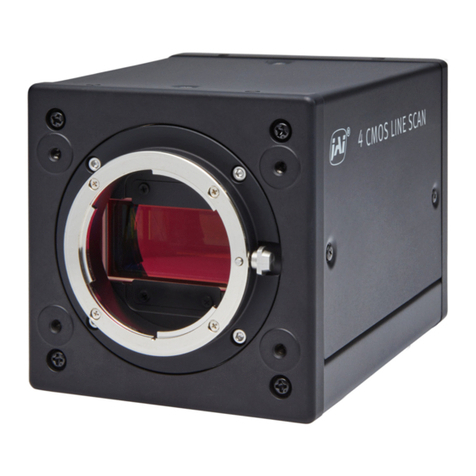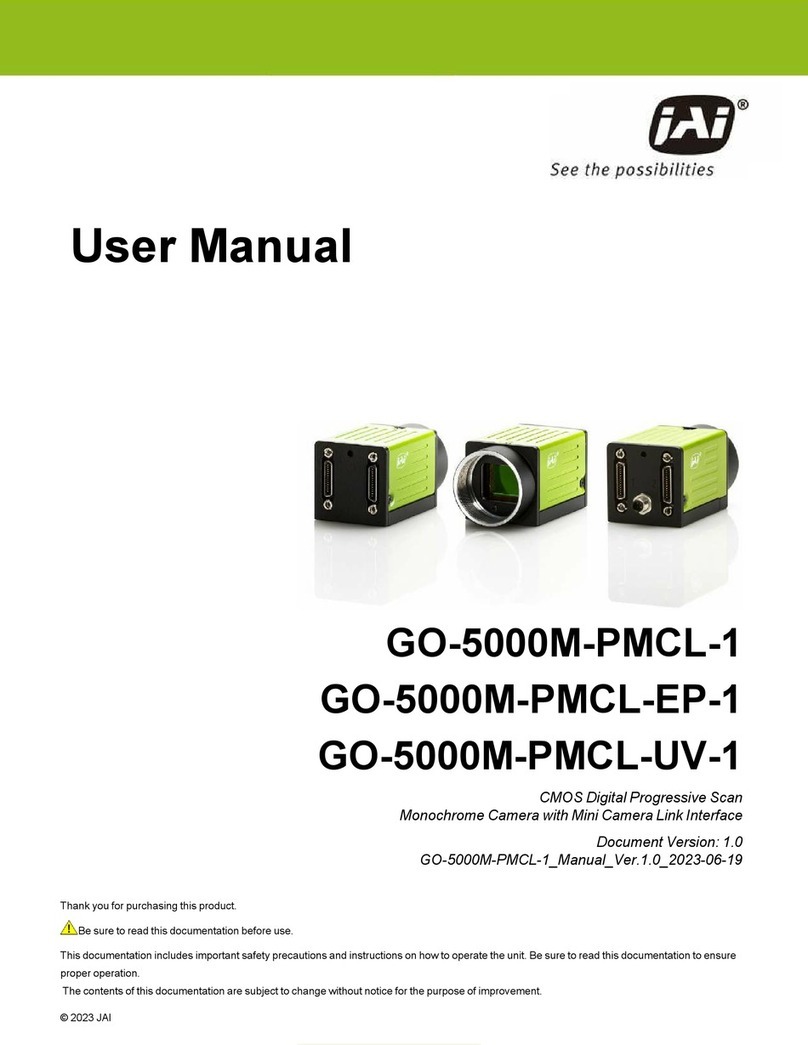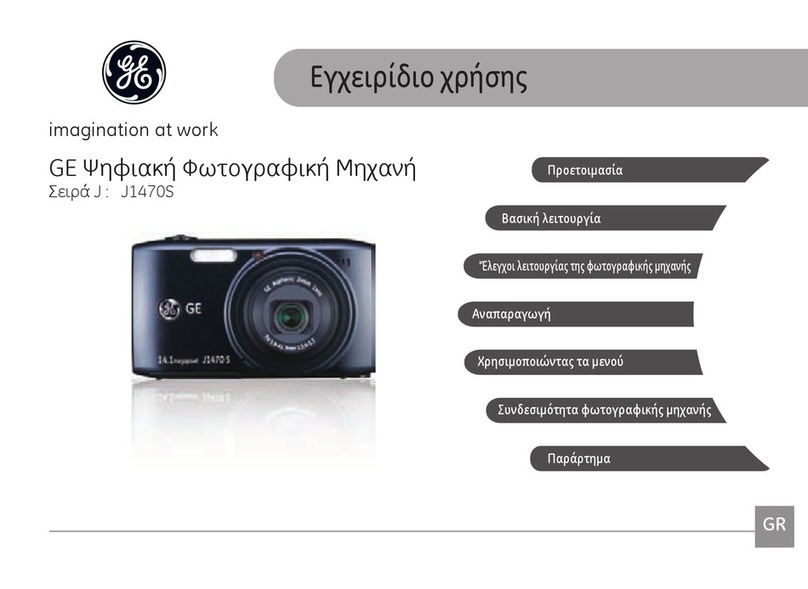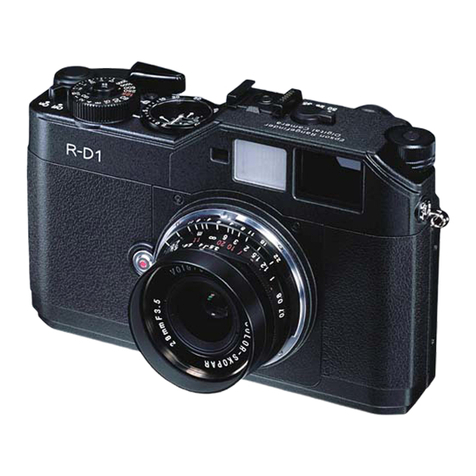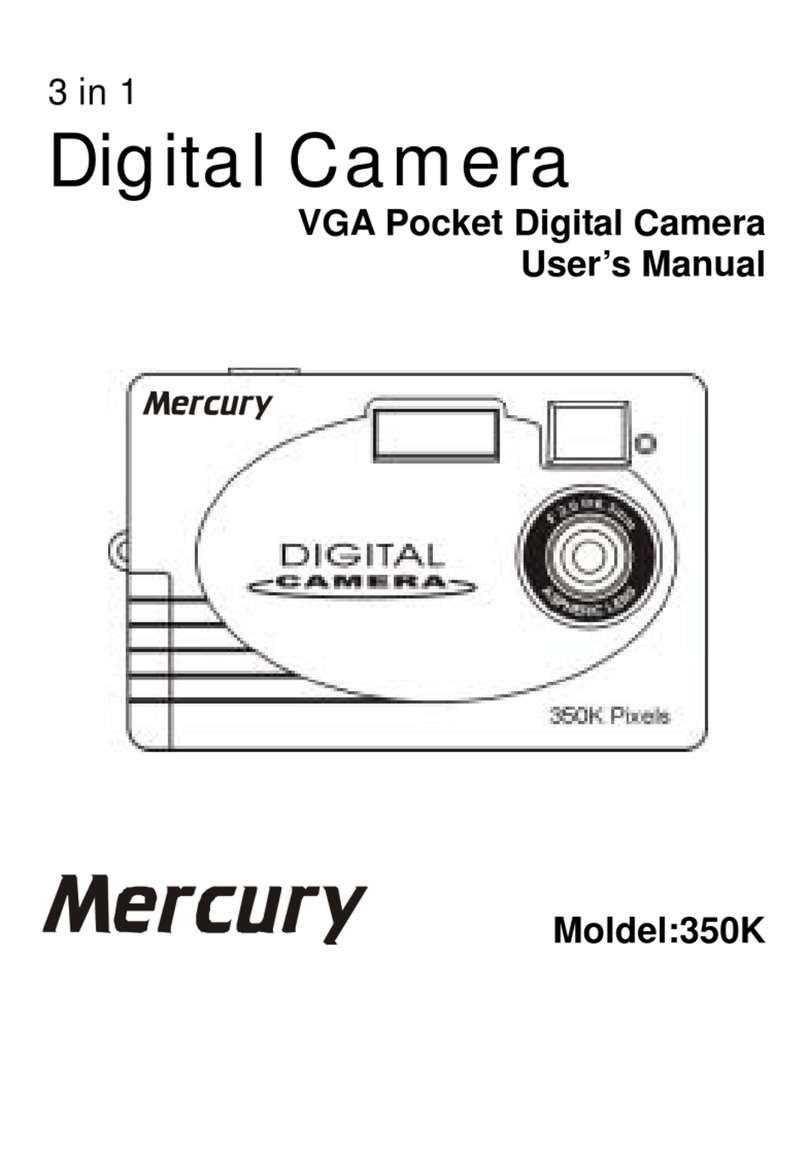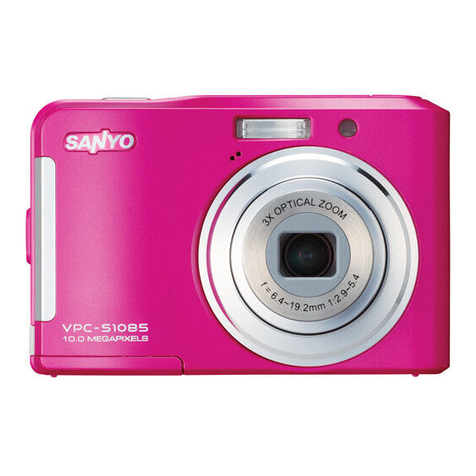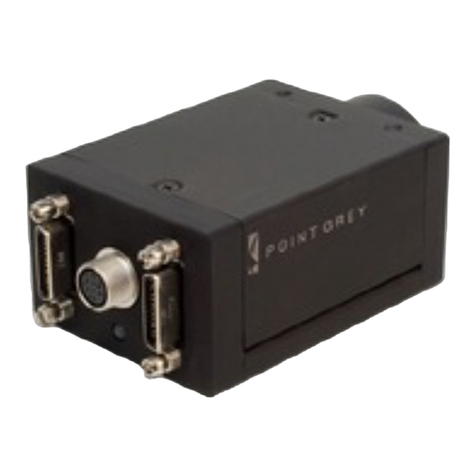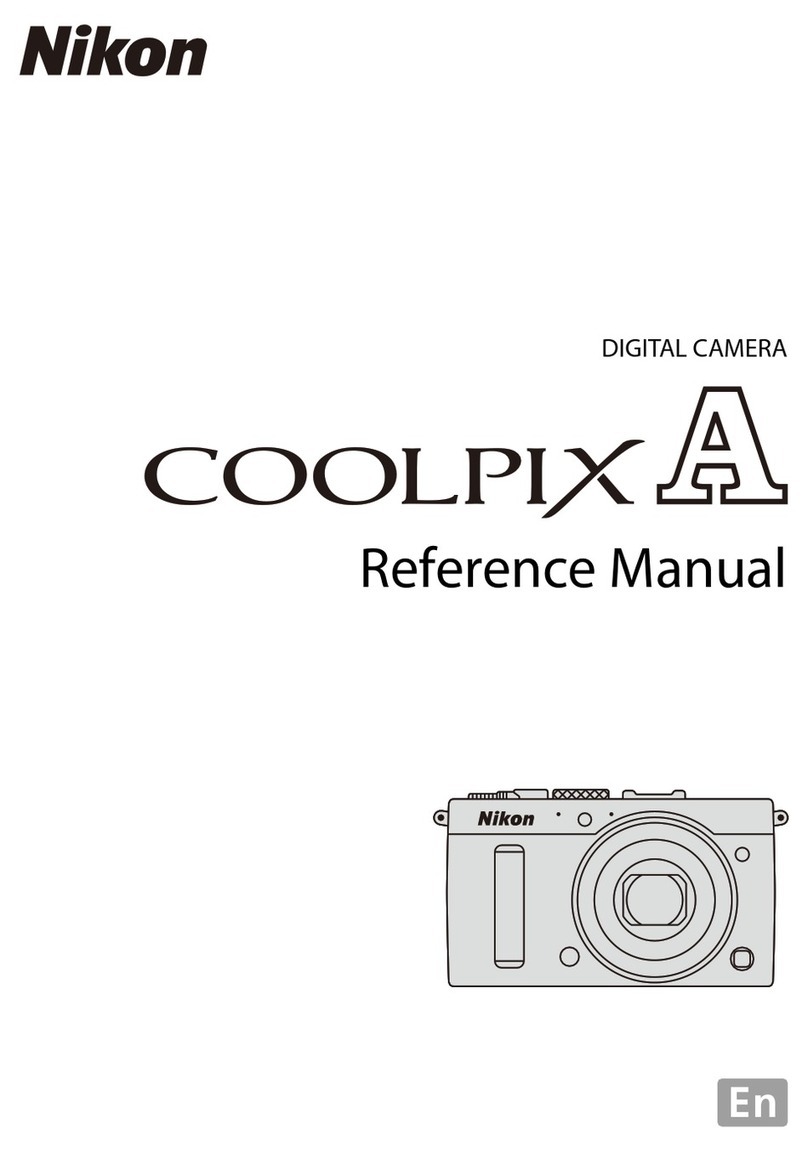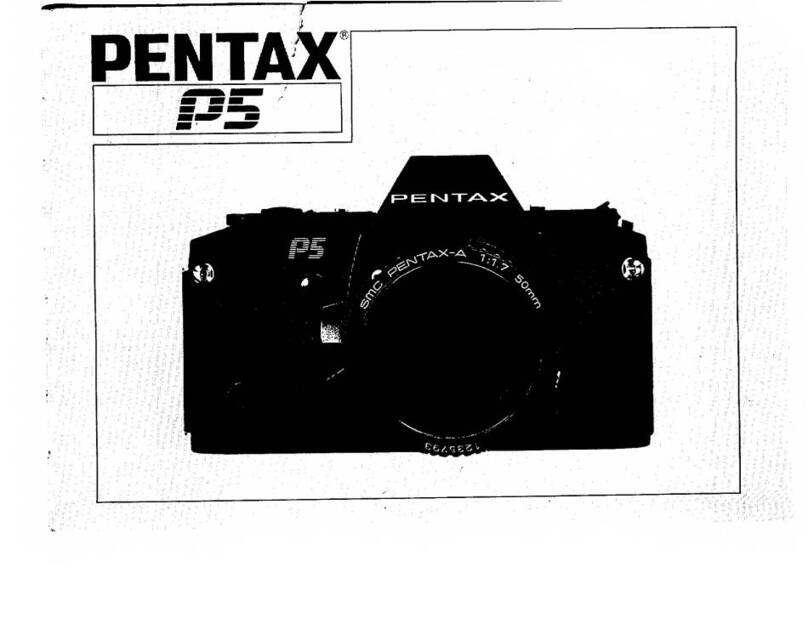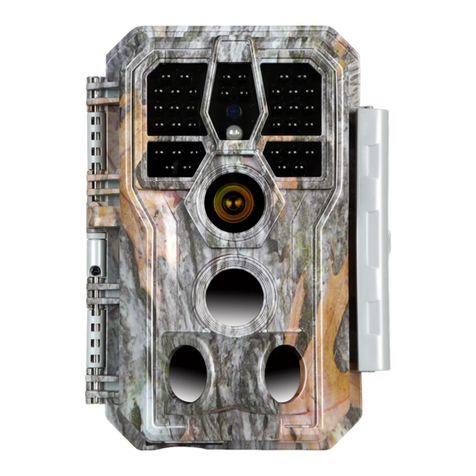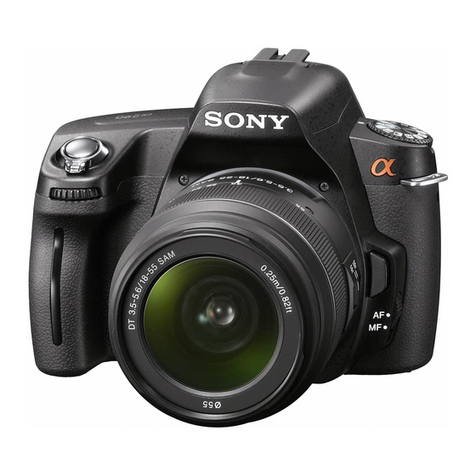
Table of Contents v
R
/T
-1
27
E
ri
Table of Contents
Disclaimer Notice................................................................................................... iii
Table of Contents ................................................................................................... v
List of Figures ....................................................................................................... vii
List of Tables.........................................................................................................ix
1Hardware Introduction ................................................................................ 9
1.1Product Description ................................................................................... 9
1.2Features ................................................................................................. 9
2Installation ............................................................................................. 11
2.1Getting Started........................................................................................ 11
2.1.1Unpacking Instructions ............................................................................... 11
2.1.2Components............................................................................................ 11
2.1.3Accessories and Options ............................................................................. 11
2.2Camera Setup.......................................................................................... 11
2.2.1Heat Dissipation....................................................................................... 11
2.2.2Connector Pin Configurations ....................................................................... 11
2.2.3Power Supplies and Power Cable Setup ........................................................... 12
2.2.4Attaching the Camera Lens.......................................................................... 14
2.2.5Adjustable Back-Focus ............................................................................... 14
3Operation .............................................................................................. 15
3.1Progressive Scanning ................................................................................. 15
3.1.1Programmable Scan Area ............................................................................ 15
3.2Bayer Color Filter (Color Versions)................................................................. 15
3.2.1Color Filter Array ..................................................................................... 15
3.2.2Bayer Color Filter Array (CFA) ...................................................................... 15
3.2.3Starting Pixel Configuration......................................................................... 16
3.2.4Sync and Data ......................................................................................... 17
3.2.5Camera Functions..................................................................................... 17
3.2.6Interpolation Software ............................................................................... 17
3.2.7Color Interpolation ................................................................................... 18
3.3Electronic Shutter .................................................................................... 18
3.4External Sync .......................................................................................... 18
3.5Asynchronous Reset................................................................................... 18
3.5.1Async No Shutter...................................................................................... 18
3.5.2Async Programmable Shutter Speed Control ..................................................... 19
3.5.3External VINIT With Pulse Width (No-Delay Shutter)............................................ 19
3.6Programmable Look-Up Table (LUT) and Knee Control ......................................... 20
3.7Camera Timing Charts................................................................................ 21
3.8Video Output .......................................................................................... 22
3.9External HD Locking and External VD Reset ...................................................... 23
3.10Asynchronous Reset................................................................................... 24
4Functions & Operations .............................................................................. 25
4.1GigE Vision Standard Interface ..................................................................... 25
4.2GigE Vision-Aware Software......................................................................... 25
4.3Recommended Network Configurations ........................................................... 25
4.3.1Verified Network Interface Cards (NICs) .......................................................... 25
4.3.2Video data rate (network bandwidth) ............................................................. 25
4.3.3Disable Firewalls ...................................................................................... 26
4.3.4Enabling Jumbo Frame ............................................................................... 26
